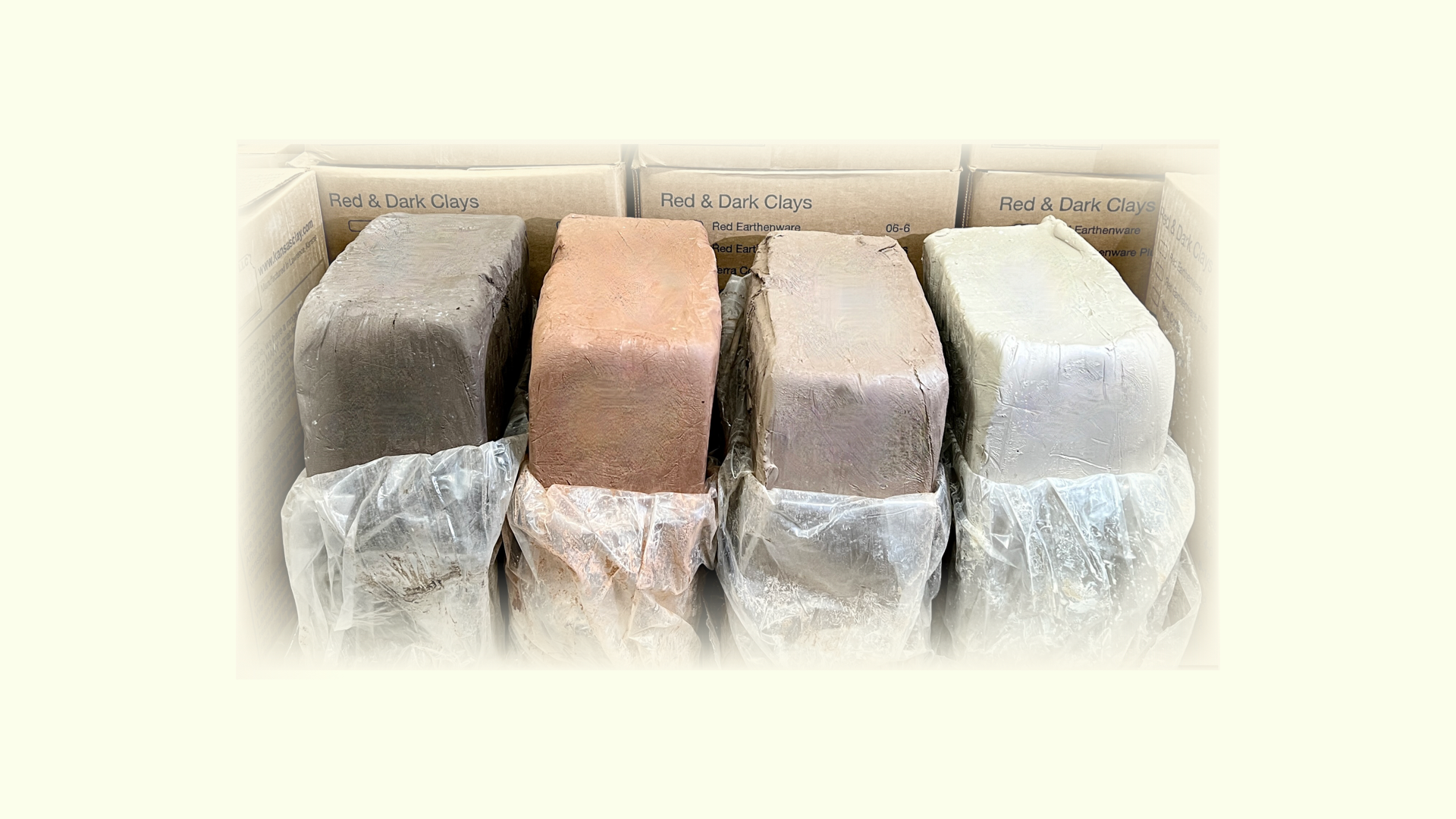Darvan #811
Darvan #811
Share this product
Darvan 811 is a low molecular weight short chain polymer for use in vitreous and semivitreous bodies and glazes. In comparison to the conventional soda ash-sodium silicate system, these polyelectrolytes produce slips with longer casting range, higher solids content, improved viscosity stability, fewer "soda" or "hard spots", and significantly increased mold life. Slips also tend to reclaim better without the need for constant adjustments with more deflocculant.
The active agent in Darvan is polyacrylic acid. Its molecules are negatively charged along their length. They attach to clay particles and cause them to repel each other.
There are two cautions with this material:
-It has a shelf life of two years
-Some types cannot go below 40 degrees F without detrimental effects on their performance. Darvan definitely cannot be frozen.
In either of these cases, it will simply not disperse your slurry as expected.
Hurry up, only 3 items left in stock.
Your payment information is authorized at checkout, your order is then reviewed by staff, and your payment is processed securely after your order is confirmed. We do not store credit card details nor have access to your credit card information.








